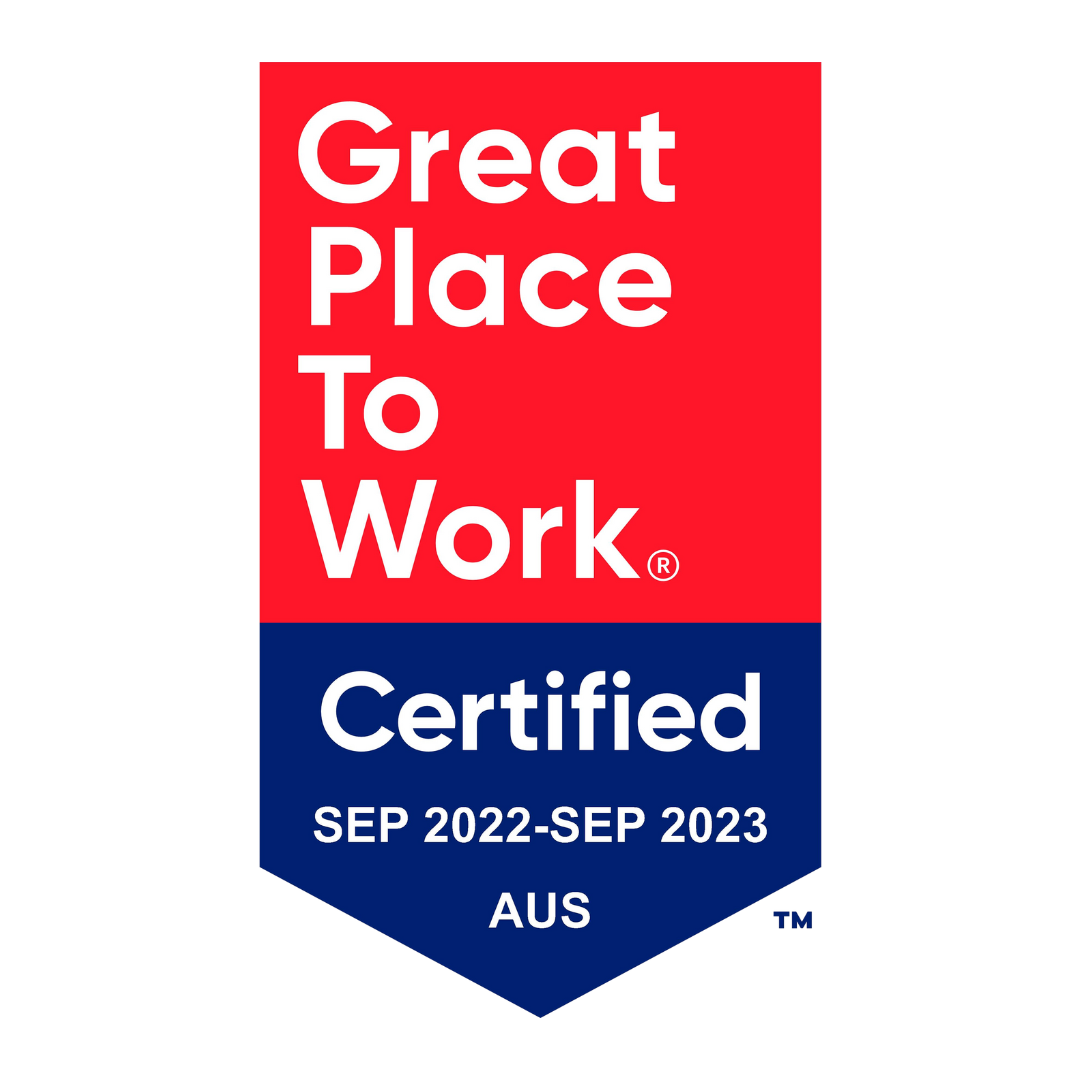What’s in the report?
In this report you can expect to get a clear understanding of what a candidate short market is, and the struggles it causes for many employers.
Most importantly, we look at results from a survey we undertook to better understand the candidate experience. We surveyed multiple candidates who had gotten to interview stages of the recruitment process. In this process we were able to provide advice on:
- What’s important to quality candidates
- Hiring mistakes you could be making and how to avoid them
- Hiring processes to remove, and what to implement instead
- How to appeal to and win over quality candidates
- How to retain your top talent
Why you should read this report
If you want to be perceived well, and truly become a desirable employer for top quality talent, this report is for you. This document is packed full of free advice and commentary that can help you improve hiring processes so that you begin to build an easier, simpler hiring experience not only for candidates, but for you too.
You can begin to ease hiring struggles at the same time as improving your company culture and reputation with many of the tips included in this report.
















